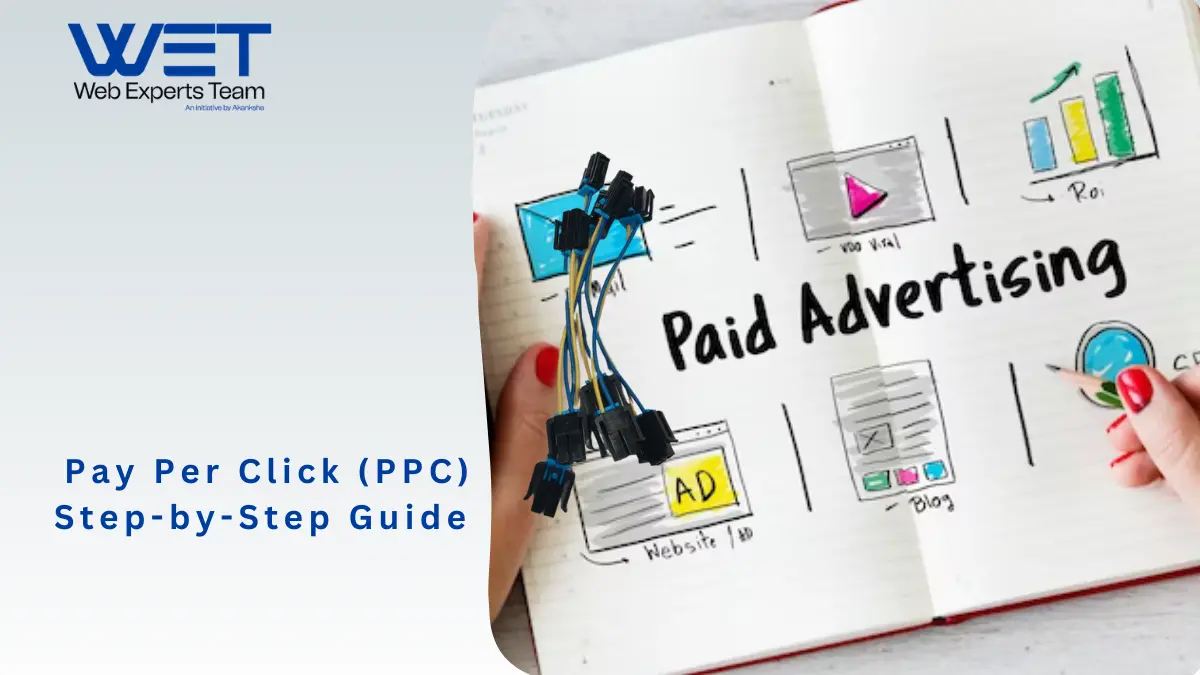Pay-Per-Click (PPC) advertising is a powerful tool in the digital marketing arsenal, allowing businesses to drive targeted traffic to their websites and achieve specific marketing goals. In this comprehensive guide, we’ll walk you through the key steps of setting up and optimizing a PPC campaign, complete with real-life examples and screenshots.
Step 1: Understanding PPC Basics
PPC is a model of internet marketing where advertisers pay a fee each time their ad is clicked. This method of advertising is a quick way to increase visibility for your brand on search engines and other platforms. Platforms like Google Ads and Microsoft Advertising are popular choices for PPC campaigns.
For example: Let’s say you own an online shoe store. When someone searches for “running shoes” on Google, your ad might appear at the top of the search results. You only pay when someone clicks on your ad, not when it’s displayed.

Step 2: Keyword Research
Identifying the right keywords is crucial for a successful PPC campaign. Use tools like Google Keyword Planner to discover relevant keywords related to your business. You can use “Google Keyword Planner with relevant keywords”
For example: For our shoe store, keywords like “athletic footwear,” “best running shoes,” and “sports sneakers” could be essential to target potential customers.
Step 3: Creating Compelling Ad Copies
Craft ad copies that are not only relevant to your keywords but also compelling enough to encourage clicks. Highlight unique selling points, promotions, or any other incentives for users to choose your product or service.
Certainly! In PPC advertising, various types of ads cater to different goals and platforms. Here’s a brief overview of some common types of ads:
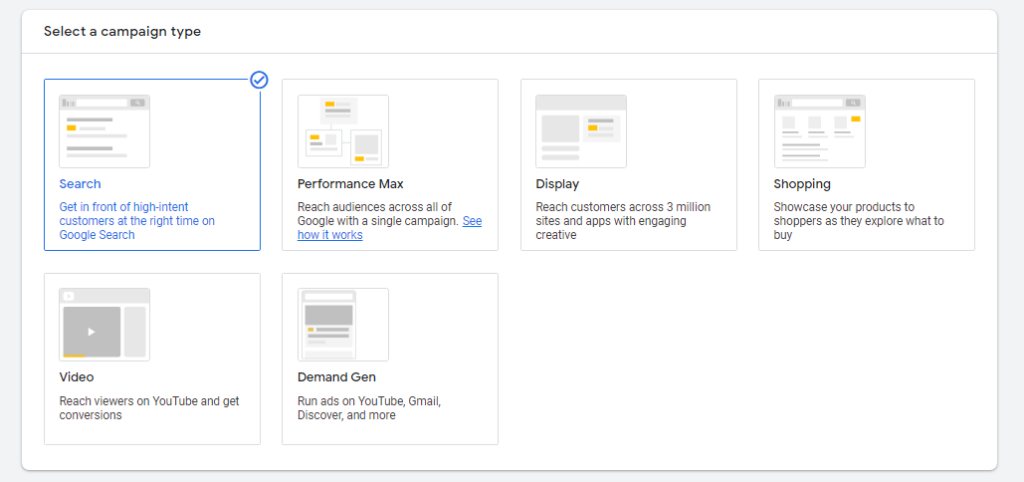
3.1 Search Ads
These ads appear on search engine results pages (SERPs) when users enter relevant queries.
For example: Google Ads search ads show at the top of the search results when someone searches for specific keywords.
3.2 Display Ads
Display ads are visual banners or interactive ads that appear on websites within the Google Display Network or other advertising networks.
For example: Banner ads showcasing your running shoe products on a fitness blog
3.3 Video Ads
Video ads appear on platforms like YouTube and can be skippable or non-skippable. They are effective for conveying a visual message.
For example: A brief video ad highlighting the features of your fitness equipment.
3.4 Shopping Ads
These ads showcase products with an image, title, price, and store name. They often appear in Google Shopping results.
Example: When users search for “running shoes,” Google may display a carousel of product listings with images and prices.
3.5 Social Media Ads
Ads on platforms like Facebook, Instagram, Twitter, and LinkedIn. They can include various formats like image ads, carousel ads, and sponsored posts.
For example: An Instagram carousel ad showcasing different models of your athletic shoes.
3.6 Remarketing Ads
Target users who have previously visited your website. These ads aim to re-engage and bring visitors back. For example: Showcasing the same running shoes to users who visited your site but didn’t make a purchase.
3.7 App Ads
Ads promoting mobile applications. They can appear on app stores, within other apps, or on mobile websites.
For example: A banner ad encouraging users to download your fitness app.
3.8 Responsive Ads
Ad formats that automatically adjust their size, appearance, and format to fit available ad spaces. Common in display and native ad formats.
For Example: An ad that adapts its layout to fit seamlessly within different websites.
3.9 Gmail Sponsored Promotions
Ads that appear in the Promotions tab of Gmail inboxes. They often resemble regular emails but are marked as ads.
For example: An email-like ad promoting a special discount on sports gear
3.10 Interactive Ads
Ads that allow users to engage with the content. Interactive elements can include quizzes, games, or product previews.
For example: An interactive ad allowing users to customize and visualize their ideal pair of athletic shoes.
Step 4: Setting Up the Campaign
Choose the right settings for your campaign, including budget, targeting options, and bidding strategy. Segment your campaigns based on products, services, or any other criteria that make sense for your business. For Example:
Campaign Name: Testing
Daily Budget: 50 INR
Target Location: India
Bidding Strategy: Manual CPC (Cost-Per-Click)


Choose location and language
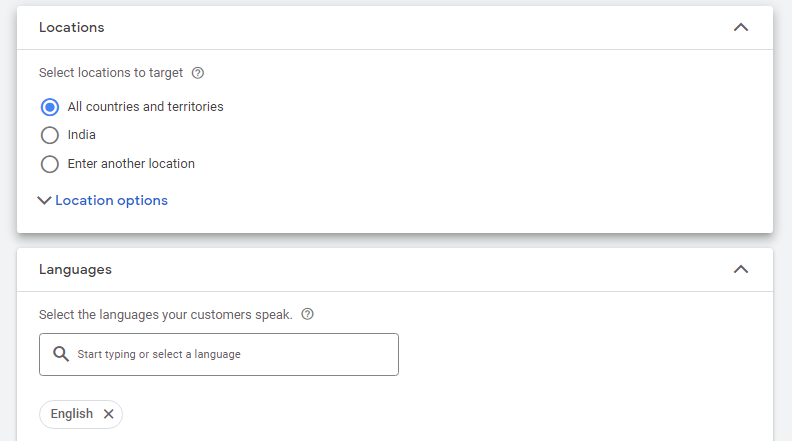
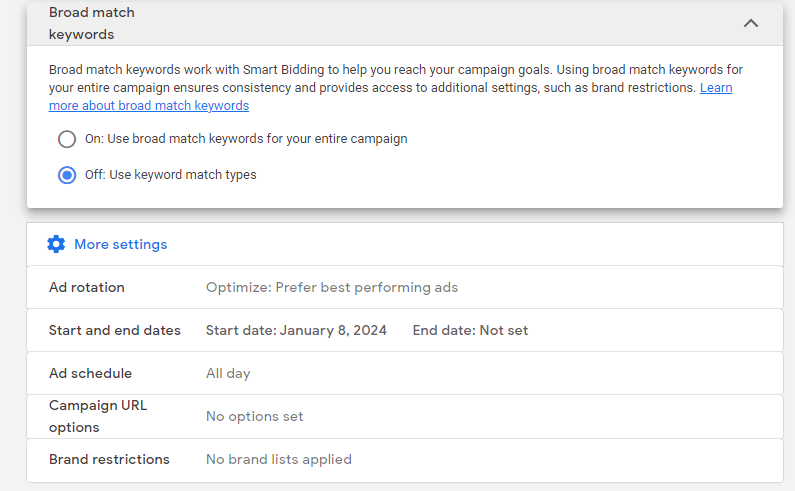
Understanding these various ad types and choosing the right ones based on your marketing objectives and target audience can significantly impact the success of your PPC campaigns.
Step 5: Ad Extensions
Enhance your ad with extensions to provide additional information and entice users to click. Common extensions include site link extensions, callout extensions, and structured snippet extensions.
For example: Add site link extensions to showcase specific product categories like “Trail Running Shoes” or “CrossFit Sneakers.”
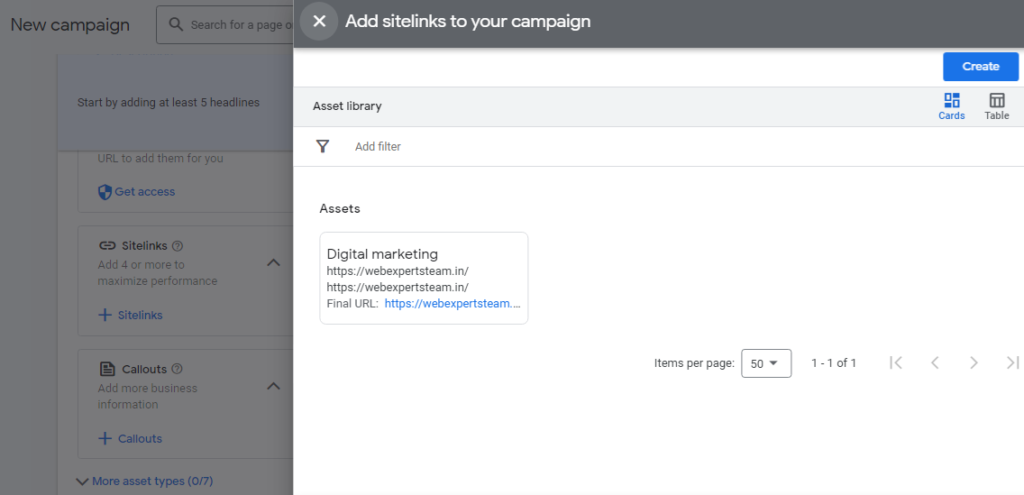
Step 6: Monitoring and Adjusting
Regularly monitor your campaign’s performance using the platform’s analytics tools. Identify high-performing keywords and ads, and reallocate budget accordingly. Likewise, pause or adjust underperforming elements.
For example: If “best running shoes” is driving significant traffic and conversions, consider allocating more budget to that specific keyword.

(This is demo data, your budget amount will depend on your keywords and other audience)
Step 6: Monitoring and Adjusting
Regularly monitor your campaign’s performance using the platform’s analytics tools. Identify high-performing keywords and ads, and reallocate budget accordingly. Likewise, pause or adjust underperforming elements.
For example: If “best running shoes” is driving significant traffic and conversions, consider allocating more budget to that specific keyword.
Step 7: A/B Testing
Experiment with different ad copies, keywords, and landing pages to optimize your campaign continually. A/B testing allows you to identify what resonates best with your audience.
For example: Test two ad copies with slight variations to see which one generates a higher click-through rate (CTR) and conversions.
PPC in digital marketing requires a strategic approach and continuous optimization. By understanding the basics, conducting thorough keyword research, creating compelling ad copies, and using analytics to make informed decisions, you can maximize the effectiveness of your PPC campaigns. Remember to stay updated with industry trends and consistently refine your strategies for the best results.

